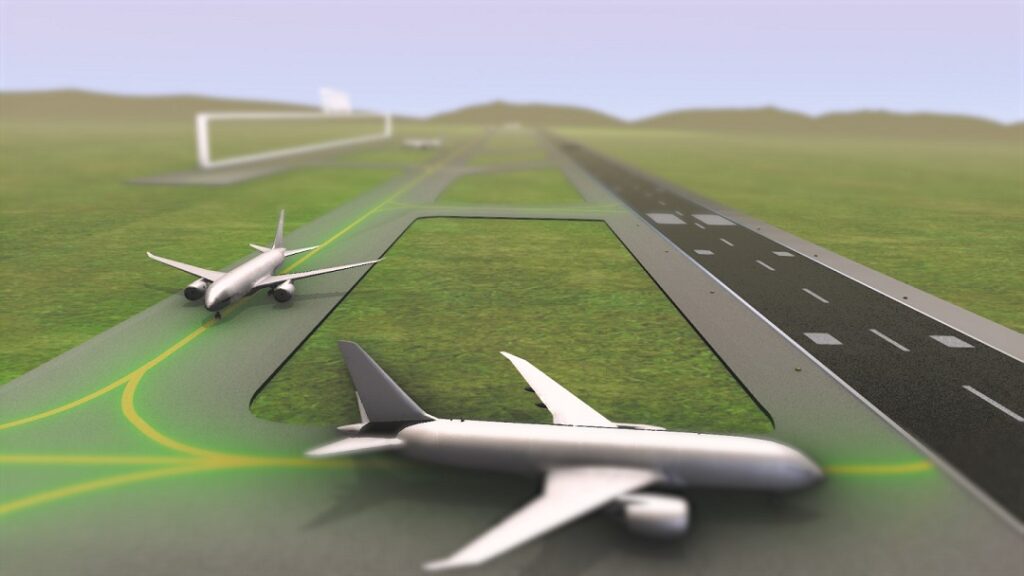
It has been a long time coming, but the draft Environmental Impact Statement for Western Sydney International Airport at Badgerys Creek has finally landed.
The EIS includes assessments of the noise, social and environmental impacts of the WSI preliminary flight paths and the Australian Government’s proposed actions to address any areas of concern.
This includes the proposed policy for noise treatments to existing properties most impacted by aircraft noise and considerations for any potential acquisition of property.
Members of the public can provide a submission on the draft EIS and the feedback will be considered when finalising the flight path design.
The EIS looks at how the preliminary flight paths will affect Indigenous heritage, the greater Blue Mountains world heritage area, aircraft noise in the region, biodiversity, health, greenhouse gases, other environmental factors and aircraft hazards.
It also outlines the changes to other aerodromes’ flight paths, including Sydney Airport and Bankstown Airport, which are required to safely integrate the WSI control area and flight paths.
“WSI is already proving to be transformational for Western Sydney, creating thousands of jobs during construction, including apprentices, and injecting invaluable skills into Australia’s infrastructure workforce,’’ says infrastructure minister Catherine King.
“This once-in-a-lifetime project will continue to deliver long-term employment opportunities, boost economic activity and provide significant transport benefits for Western Sydney when it opens by late 2026.
“When open, the new airport will help improve access and competition into the Sydney basin, delivering a better outcome for the travelling public.
“Feedback has, and continues to be, a critical element to ensuring we deliver an airport which realises these lasting benefits, while balancing the needs of the community, environment, industry and users of the broader Greater Sydney airspace in the design of the new flight paths for WSI,’’ she said.
“That’s why we have gone above and beyond in community consultation, including the launch of an interactive aircraft overflight noise tool alongside the preliminary flight paths in June, and a range of community information and feedback sessions over the last few months.
“This means that local communities and the broader public have had more time to understand the flight paths and the modelled aircraft noise before the draft EIS release,’’ Ms King said.
“This has ensured communities are well placed to understand how they may be affected, and engage and provide feedback on the draft EIS now.
“My department will hold more community information and feedback sessions across Sydney and the Blue Mountains over the coming months.’’
The EIS is open for feedback from now until January 31 next year. Visit wsiflightpaths.gov.au
